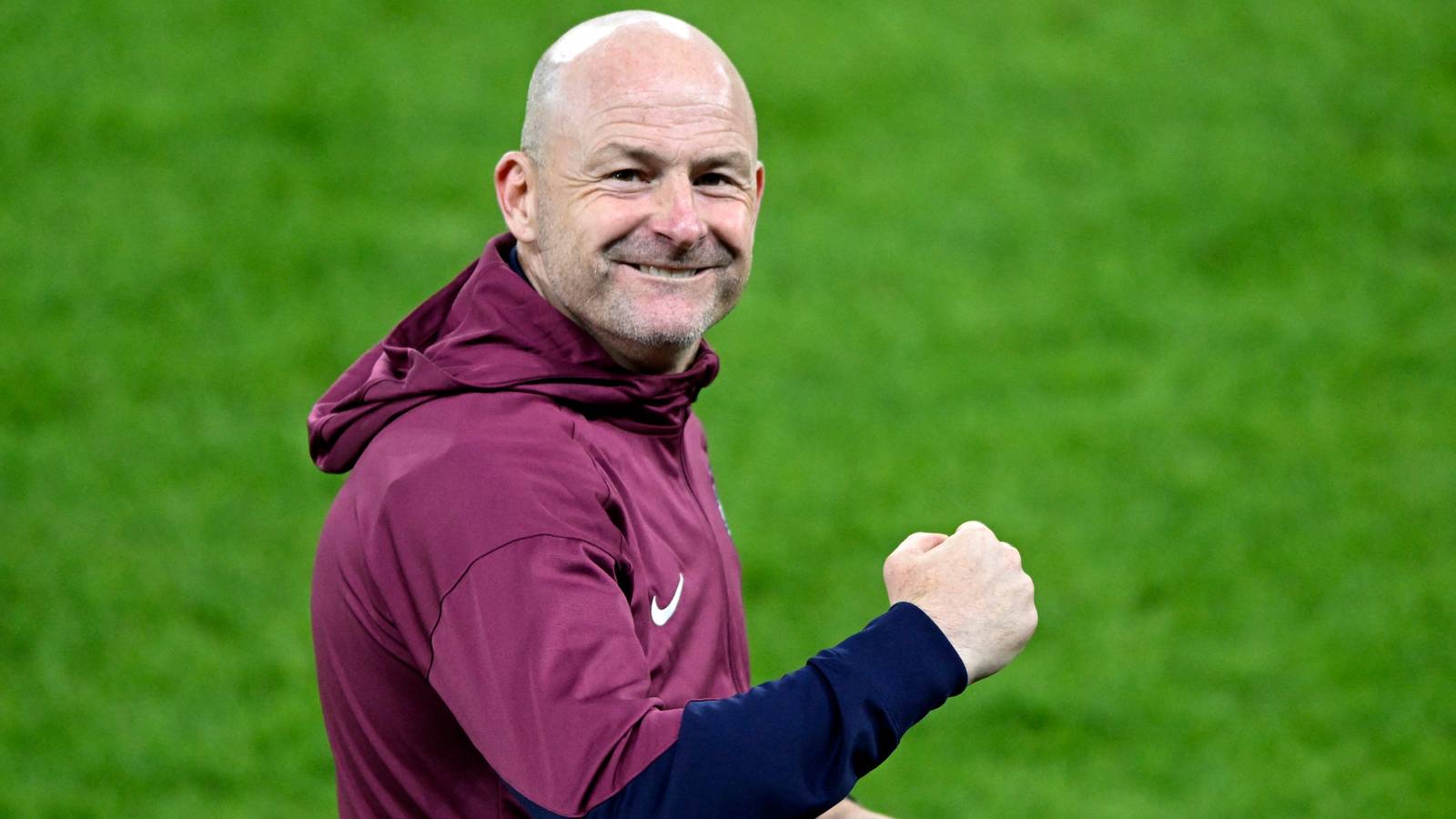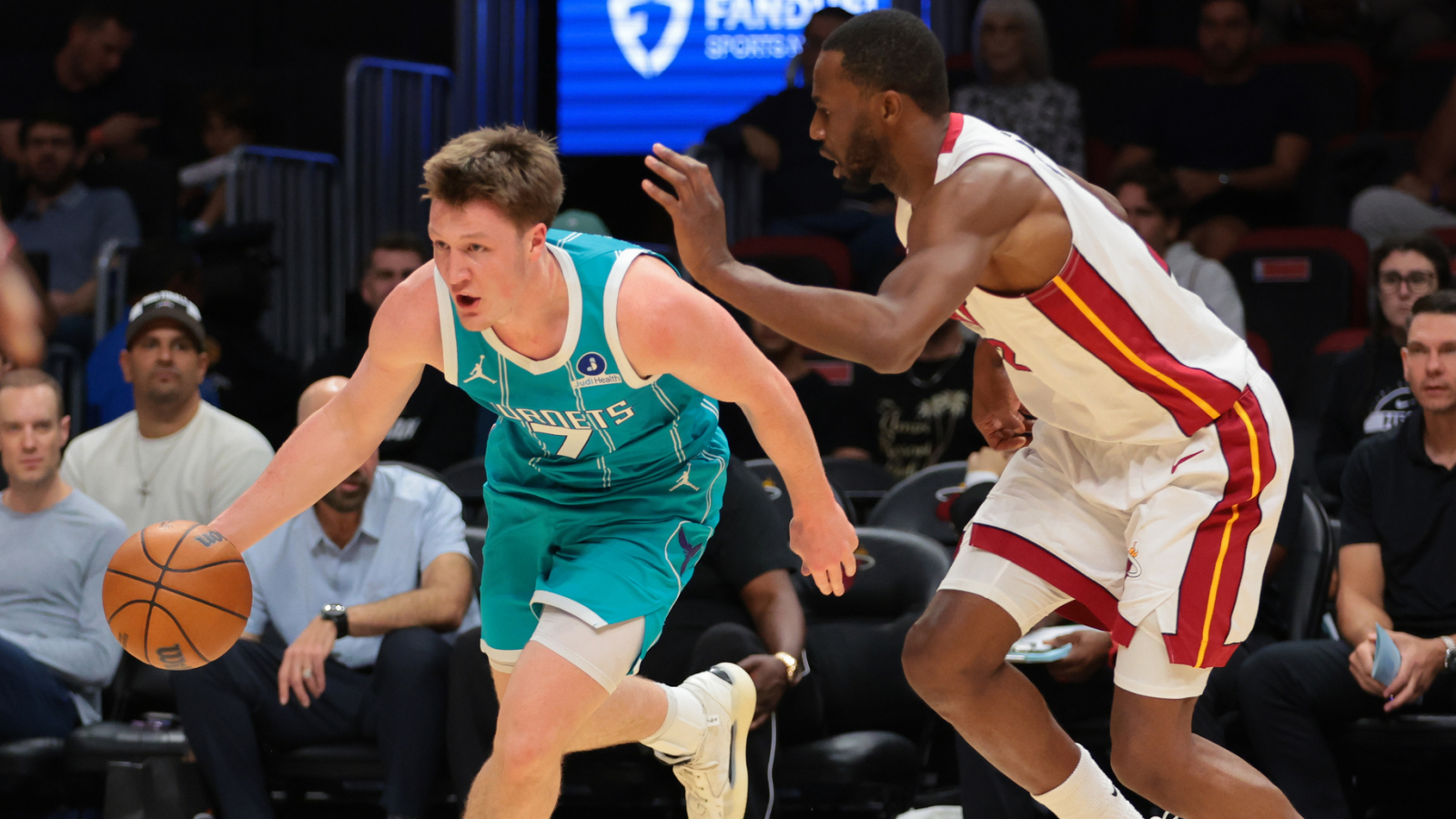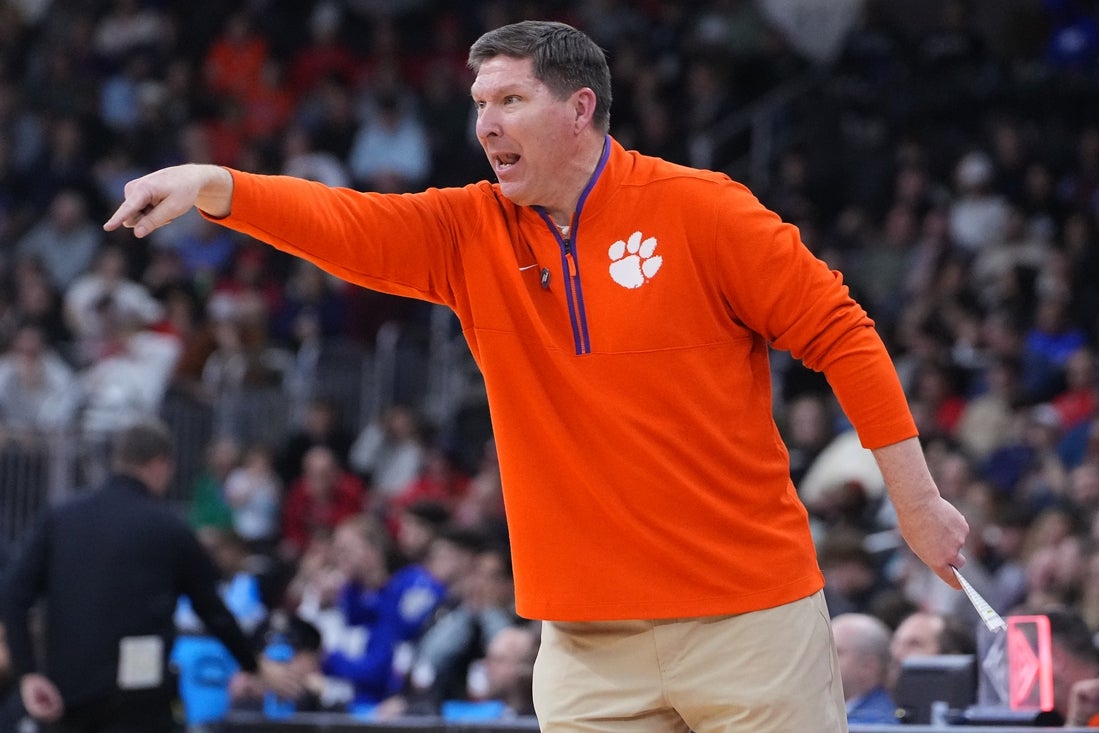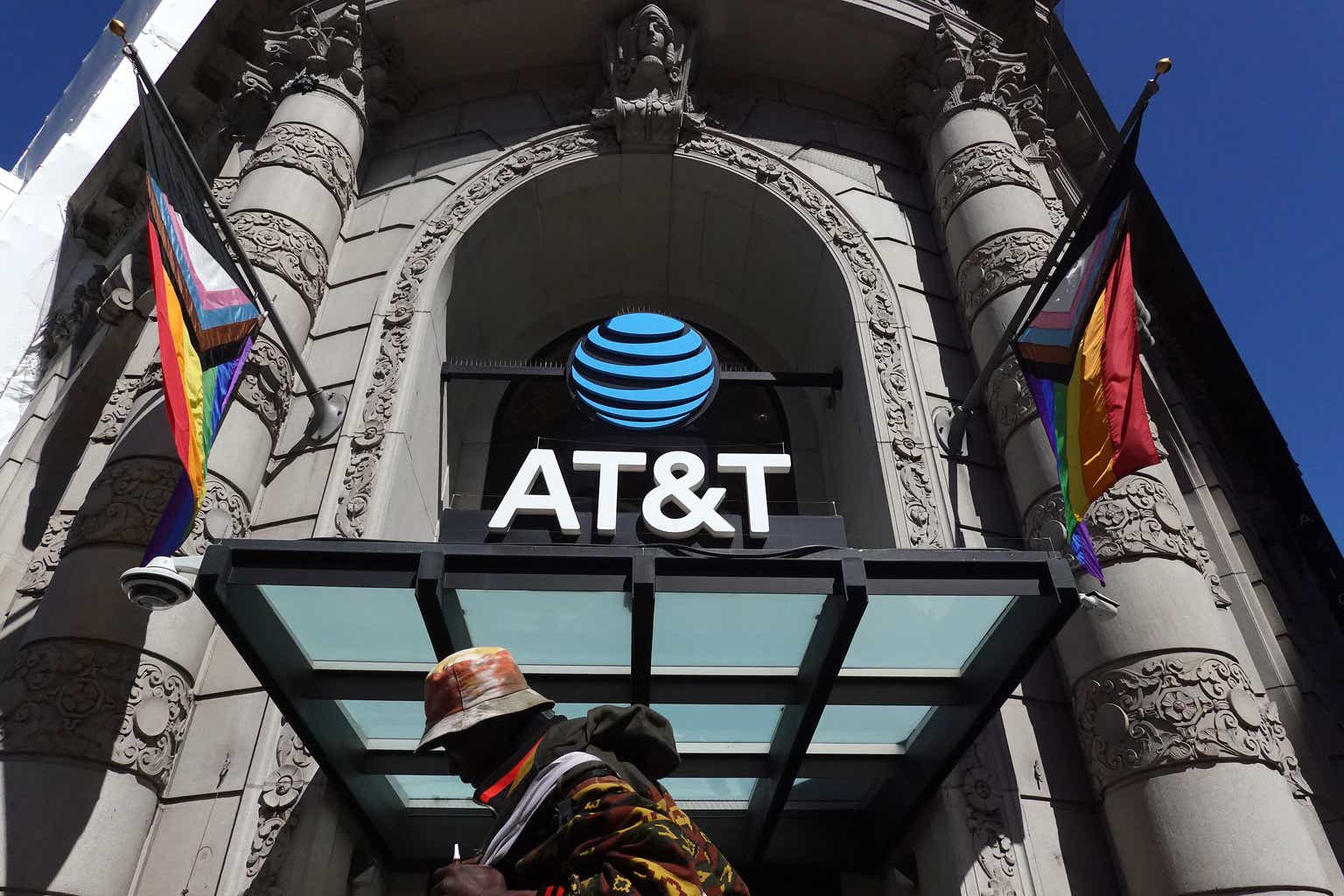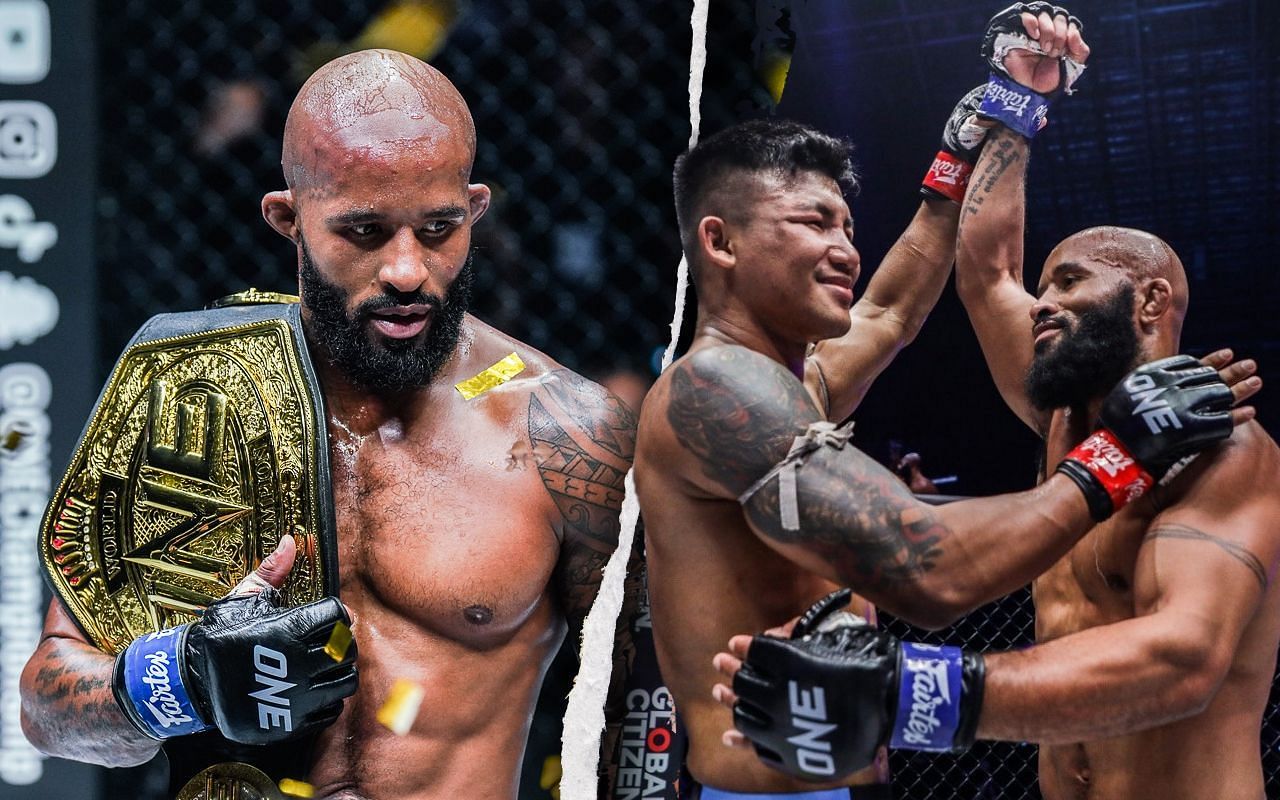The two best-known spring football leagues appear to be joining forces. According to Axios, the XFL and USFL are in advanced talks of merging in advance of the 2024 seasons. The report said that this “would be structured as a merger of equals and would require regulatory approval,” according to a source.
Current TKO chairman and WWE’s founder Vince McMahon shut down the XFL for a second time at the onset of the COVID-19 pandemic despite more positive reviews of on-field play compared to the infamous 2001 version. Dwayne “The Rock” Johnson and his business partner Dany Garcia purchased the league’s bankrupted assets just months later in August 2020.
After its splashy relaunch, the third version of the XFL had to compete with the USFL, which other than carrying names of the original league of the 1980s, had little connection to the brand’s prior history.
Neither league carries a massive number of teams, with both fielding eight apiece. While the USFL teams represent cities mostly in the Northeastern and Southeastern United States, all of them played in Detroit; Memphis, Tenn.; Birmingham, Ala.; and Canton, Ohio. The lack of connections to the designated markets hurt attendance, with the league recognizing that the hub model may have helped limit costs but also limited potential gate revenues to make the community investments work.
The XFL’s teams were more spread out geographically and played in their host cities. Yet teams relocated from Los Angeles, New York and Tampa, Fla. to Las Vegas; Orlando, Fla.; and San Antonio, Texas.
Viewership for both leagues started strong but petered out rather quickly as the games competed with the heavy sports calendar in May and June. According to Sports Media Watch, the XFL’s title game this past May could have been considered a solid performer with 1.44 million viewers on ABC yet was dwarfed by the Stanley Cup playoffs and the early weeks of Major League Baseball. The USFL’s championship in July lost more than a quarter of its viewership from 2022.
The XFL has a bigger brand name between the two leagues, yet the USFL has more time under its belt thanks to the previously mentioned hub model and Fox Sports’ financial investment. Beyond reaching more fans, one can hope that this new single league will find a way to keep as many teams as possible for athletes hoping to continue pursuing their professional dreams.



